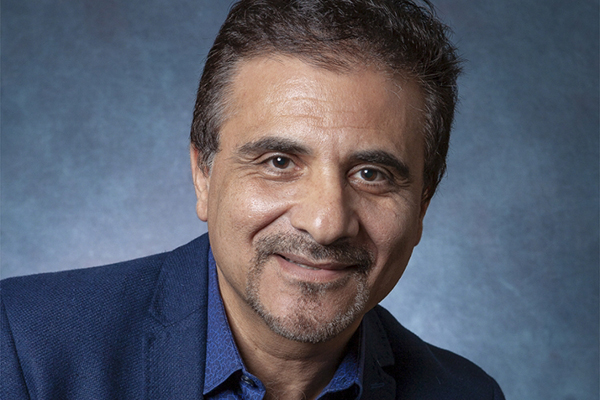

ENG 188 Course Overview
Quality Engineering and Management
Description of the Course
Seminar, four hours; outside study, eight hours. Special topics in engineering for undergraduate students taught on experimental or temporary basis, such as those taught by resident and visiting faculty members. May be repeated for credit with topic or instructor change. Letter grading.
About the Instructor
- Hamid Saghizadeh, PhD, MBA, Boeing Technical Fellow, SoCal Design Center, BCA
- Leads
- Durability and Damage Tolerance (DaDT) activities for SoCal Engineering
- Design Center, Boeing
- Enterprise Fatigue and Fracture Mechanics/DaDT Technologies CoE
- Boeing joint Academia Industry Educational Program (BAIP)
- Serves as a point of contact for space products representing Boeing at (SWRI) and NASA
- Developed an innovative fatigue virtual testing technology with significant industry impact.
- Developed two Certificates with UCLA Extension – Boeing/ UCLA Structural Analysis Certificate Program and Boeing/ UCLA Leadership Mastery Program –
- Teaches courses in the areas of Quality, Eng. Mgmt, Mechanical Eng., Nanotechnology, Composites, and Leadership
- As part of the Boeing/ UCLA Leadership Mastery Program, he is teaching a course tilted “Unleashing The Full Potential Within” – An evolutionary concept and paradigm of leadership and Self- Mastery.
- Summa Cum Laude graduate and holds BSME, and M.S., and Ph.D. degrees in Mechanical Engineering from the University of California at Berkeley, and an MBA from UCLA Anderson School of Management.
Syllabus
Chapter 1: Introduction to Quality
Notion of quality, definitions, its history and importance, the role of quality in manufacturing and service, and its impact on competitive advantage and financial return.
Chapter 2: Foundations of Quality Management
Explores the foundations of modern quality management from the perspectives of Deming, Juran, and Crosby, and summarizes the fundamental principles of quality management. This chapter also discusses variation and statistical thinking quality management systems, and ISO 9000.
Chapter 3: Customer Focus
Chapter 4: Workforce Focus
Chapter 5: Process Focus
Chapter 6: Statistical Methods in Quality Management
Chapter 7: Design for Quality and Product Excellence
Focus on quality in product design and the variety of tools and techniques that support it.
Chapter 8: Measuring and Controlling Quality
Introduces process measurement provides a basic coverage of statistical process control (SPC).
Chapter 9: Process Improvement and Six Sigma
Focus on process improvement and introduces Six Sigma in a unified fashion.
Chapter 10: The Baldrige Framework for Performance Excellence
Introduces the Baldrige framework and criteria, as well as international quality and performance excellence programs.
Chapter 11: Strategy and Performance Excellence
Strategic focus on quality, and discuss strategic planning, organizational design, and strategic work system design.
Chapter 12: Measurement and Knowledge Management for Performance Excellence
Use of data and information to measure and manage organizational performance. This chapter includes discussion of balanced scorecards and modern approaches to knowledge management.
Chapter 13: Leadership for Performance Excellence
Leadership for quality, both from a practical and theoretical perspective, and also includes a section on governance and societal responsibilities.
Chapter 14: Building and Sustaining Quality and Performance Excellence
Building and sustaining high-performance organization.
